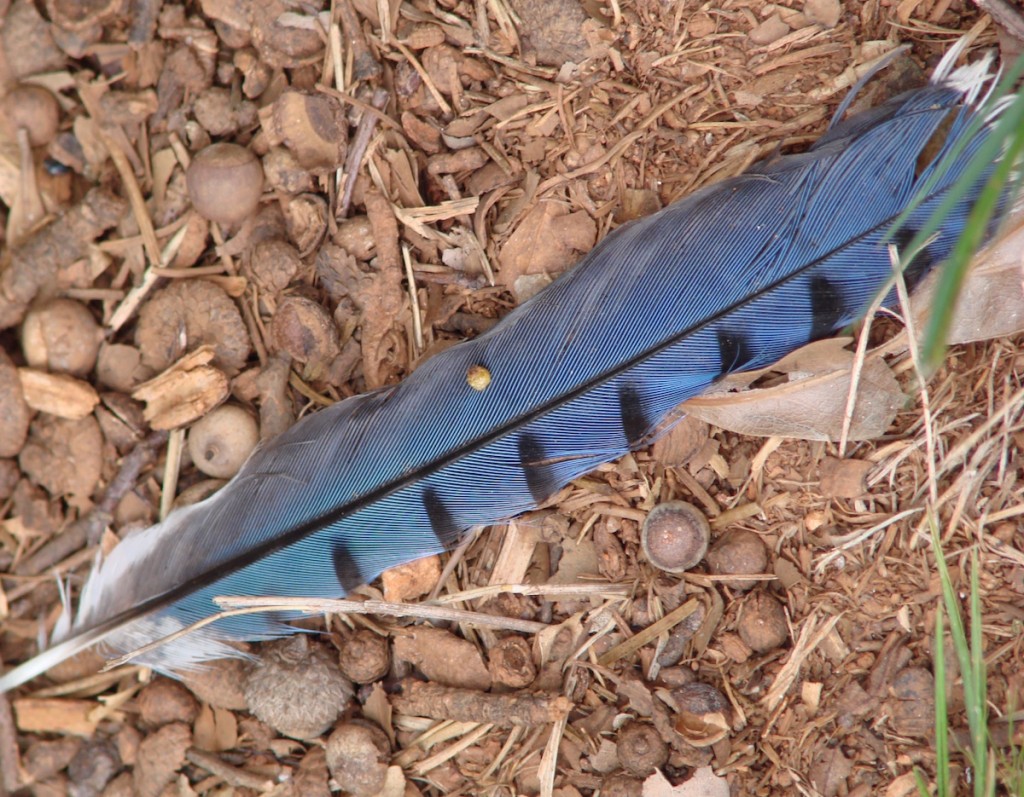
You may have heard the urban legend. One day a guy is hiking along a trail and he spots a gorgeous-looking feather on the ground. He picks it up and carries it around in his hand, looking at it with wonder and curiosity. That’s when he’s arrested and fined $100,000 for possessing a feather illegally.
Sounds preposterous right?
Wrong. While the details of the urban legend may be exaggerated, it is in fact illegal to collect certain bird feathers thanks to the Migratory Bird Treaty Act of 1918.
The nearly 100-year-old act was put into place to protect birds that migrated between the United States and Canada because of a decline in bird populations. Hunting was fairly rampant because the fashion during that time featured hats adorned with bird feathers.
The treaty makes it unlawful to hunt, take, capture, kill, or sell migratory birds. The statute extends to any bird part, including feathers, eggs, and nests.
It seems harmless to pick up a nest or feathers you find on the ground, but it’s against the law because it’s difficult for enforcement officers to figure out whether it was obtained through ignominious or accidental means. So they put the burden on the carrier of the feather and took away the question.
More than 800 species are currently on the list, including the Bald Eagle, Black-capped Chickadee, Northern Cardinal, American Crow, Canada Goose, Mourning Dove, Barn Swallow, Cedar Waxwing, Barn Owl, and more. That means the feathers of all of these birds are forbidden.
An exemption to the act does exist, however. The Eagle Feather Law allows the collection of Golden Eagle and Bald Eagle feathers for religious purposes by Native Americans. In order to quality, individuals must have certifiable ancestry and be enrolled in a tribe.
 Despite sounding a tad ridiculous these days, the roots of the law are sound and still serve a purpose.
Despite sounding a tad ridiculous these days, the roots of the law are sound and still serve a purpose.
You might also be asking yourself what about the bird feathers you see at stores.
Since certain species aren’t protected under the Migratory Bird Treaty Act, picking up and possessing their feathers is perfectly legal. That means nonnative species like House Sparrows and European Starlings aren’t covered, along with nonmigratory birds like turkeys, chickens, Mute Swans, quails, and the like.
So the next time you see a bird feather on the ground, you’d better be sure it’s from an invasive species or nonmigratory bird or leave it alone.



189 Comments
Fascinating discussion! And who says politics invades everything eventually and only serves to divide us?
Fun fact: The same is true of leaves that fall from trees, but only migratory trees.
What about the windmill farms that continue to kill thousands of. birds?
While I understand why the laws are in place, I think there should be something in place to protect citizens in a situation where feathers/deceased birds are found. Even if it was a simple call to animal control for them to verify that no illegal activity took place. The carcass of a large hawk has been laying on the strip of grass by the road a block from my house for 3 days now… before I ever saw the body I noticed a couple large feathers on the sidewalk that I did not touch. However after seeing the dead bird I realized what they were and after work that evening I walked back down to see if the feathers were still there. At this time I had no knowledge of the law… I didn’t see the feathers so I walked back to my house and lo and behold, the feathers had blown down the street and were in the drainage culvert in my front yard. To me that is the universe giving me a gift… I texted a friend to tell them the story, and it was them that told me it was illegal to pick them up. So in short, there are 3 beautiful hawk feathers in my yard, turning to shit, rather than being incorporated into a piece of art. There is an undamaged carcass decaying by the street rather than being used by someone who could mount the skeleton, or on the first day, perhaps have taken it to a taxidermist… perhaps it is a case of BECAUSE of those laws someone may murder a hawk in order to obtain the parts…. if there was someplace to call and report the deceased animal and have it recorded, registered or whatever, it’s remains could have served a purpose…. I’m 56 years old and that’s the first dead hawk I’ve ever seen. I’ve never wanted, needed, or thought about hawk feathers until that day. But when they are laying there on my property, even! it seems a shame not to be allowed to preserve them as a thing of beauty.